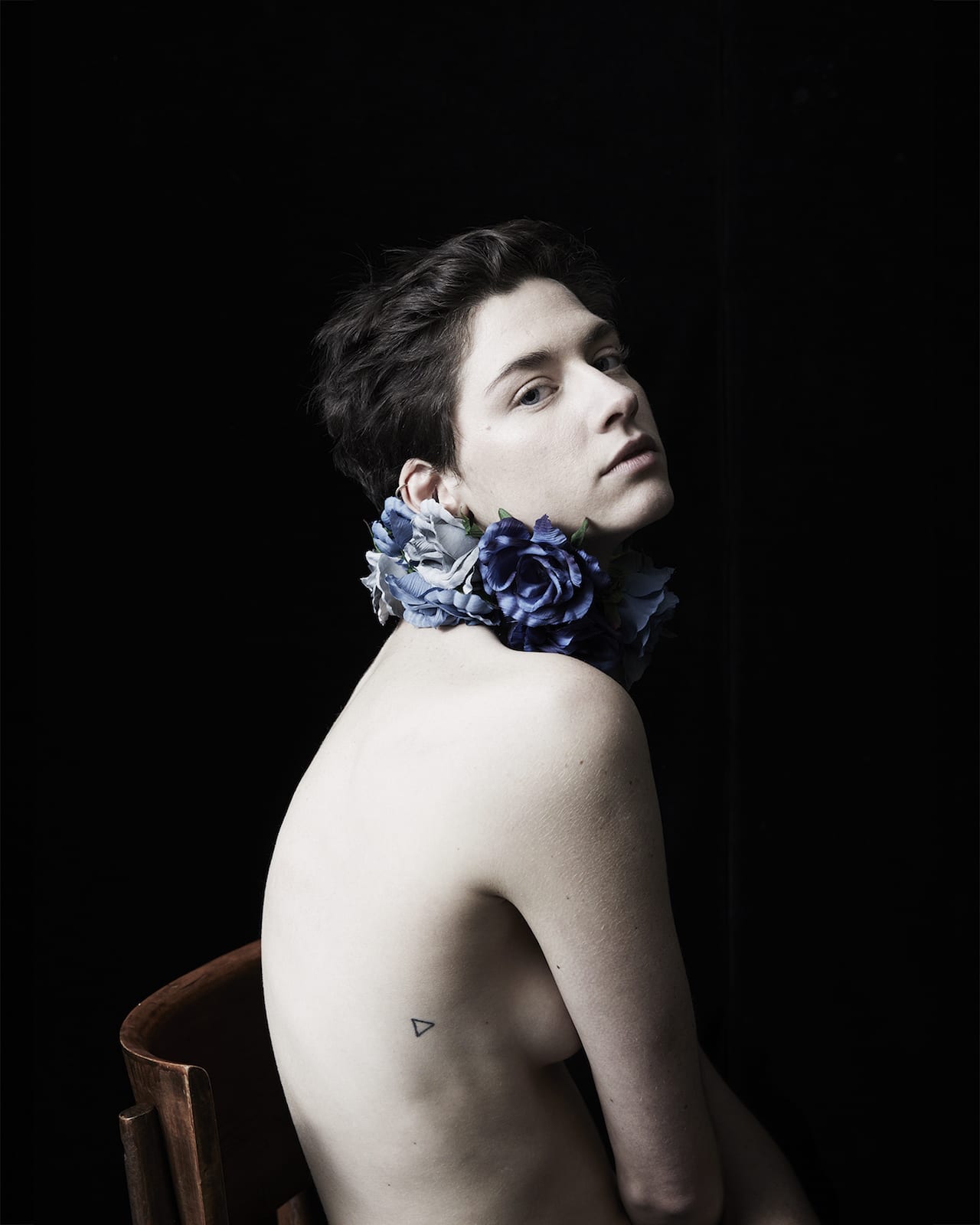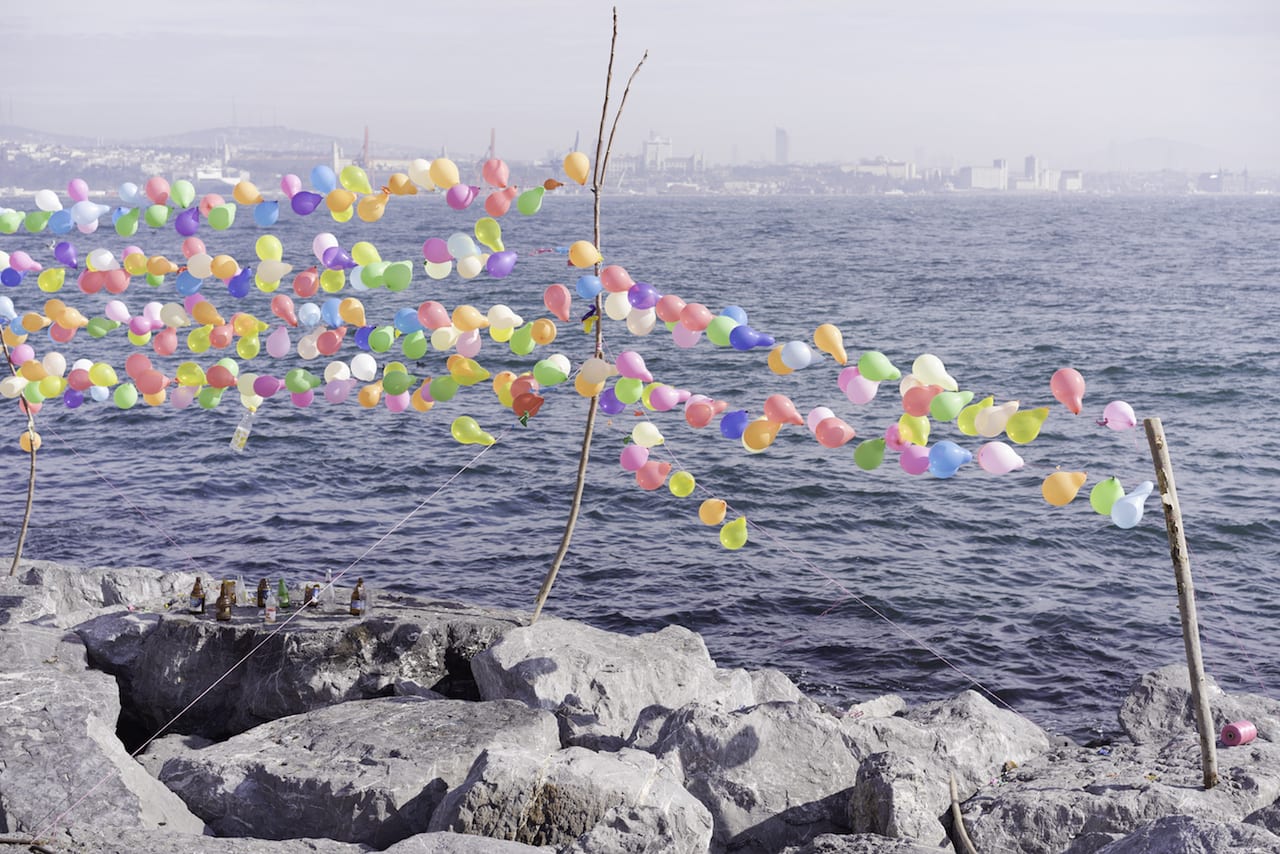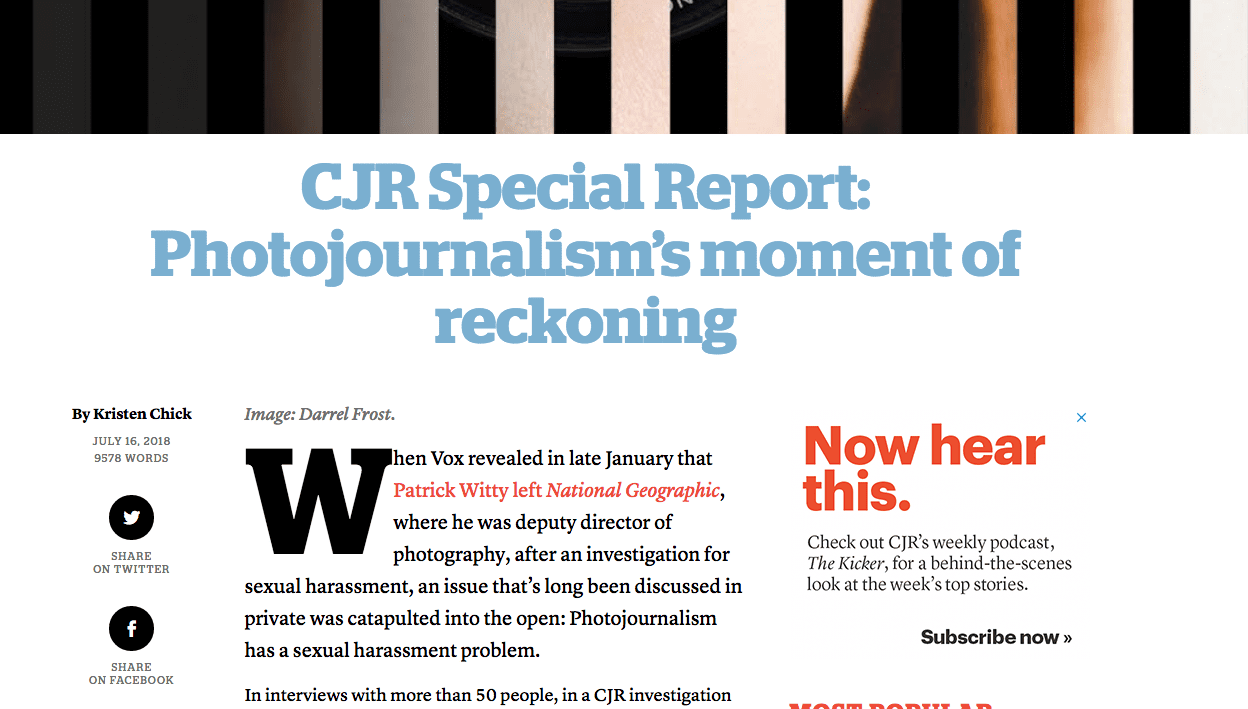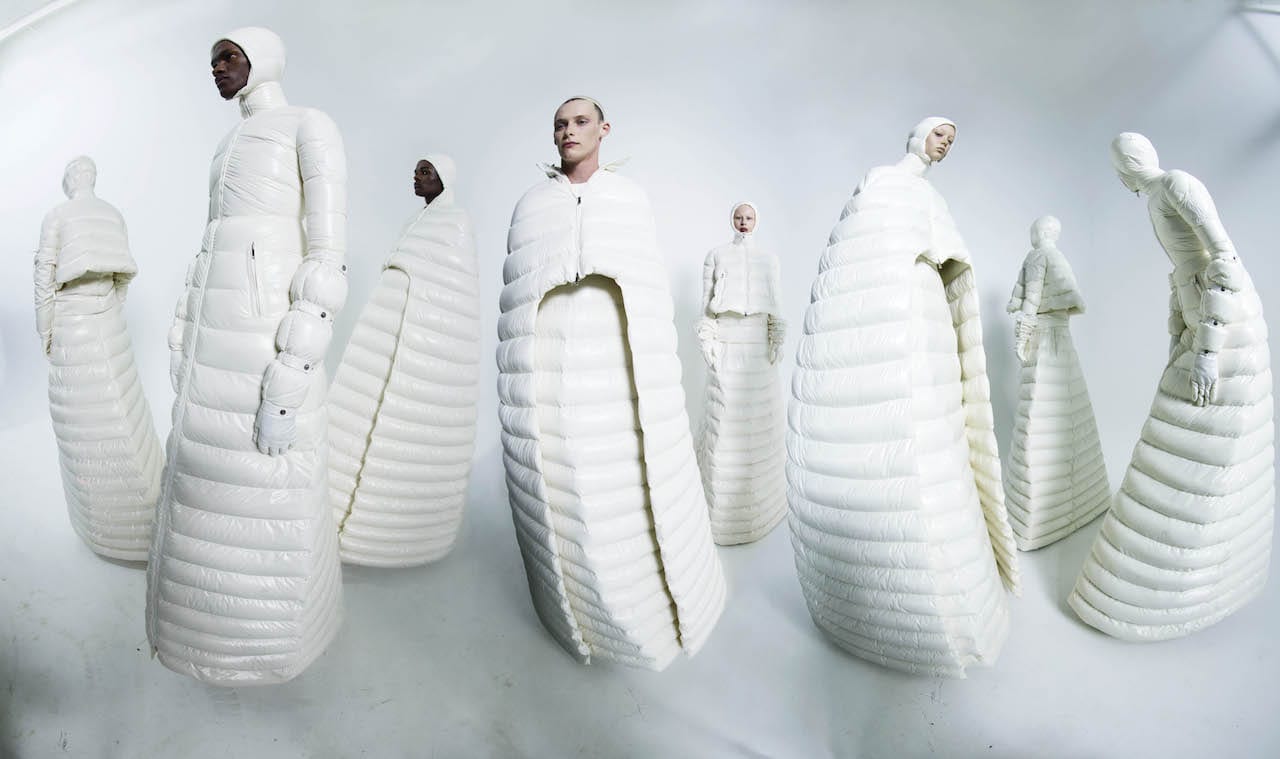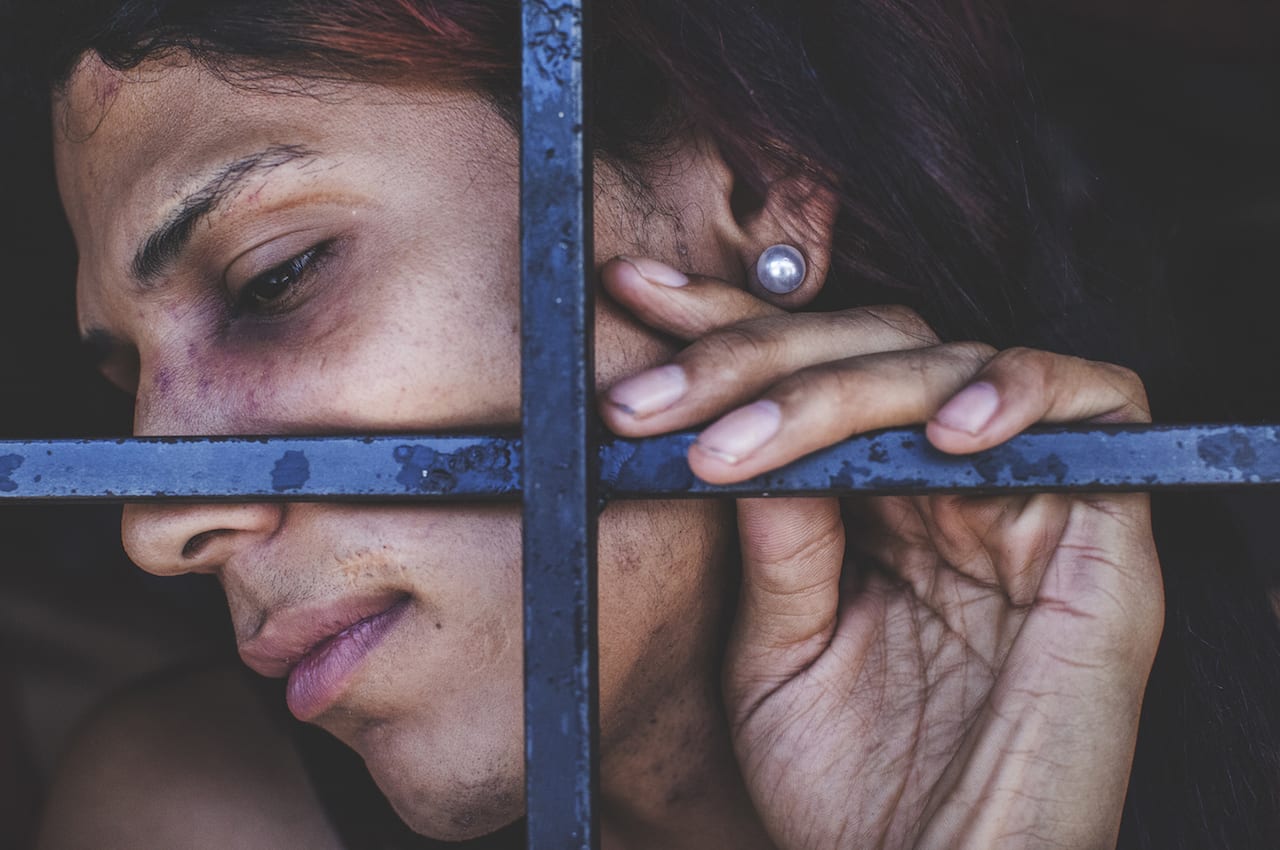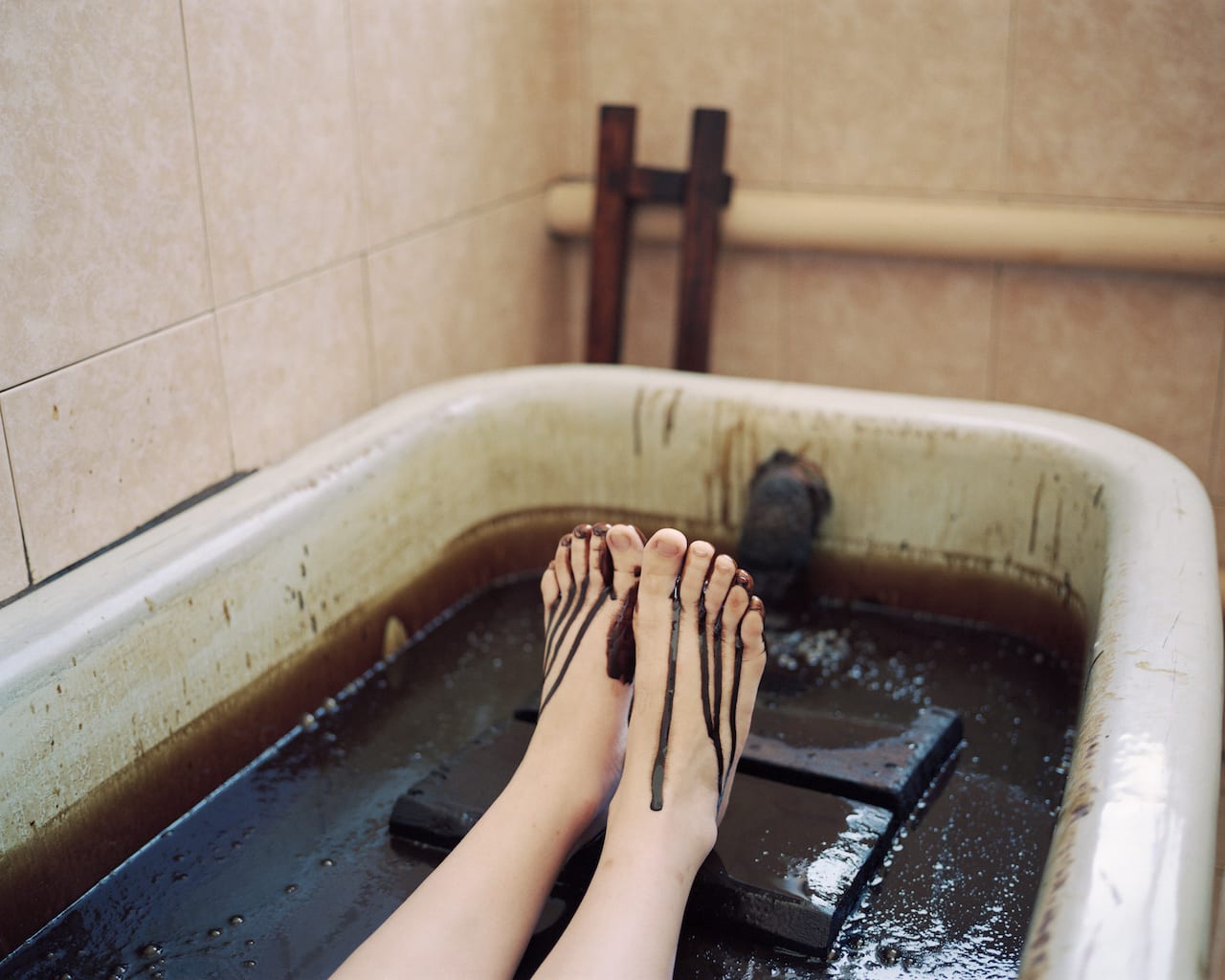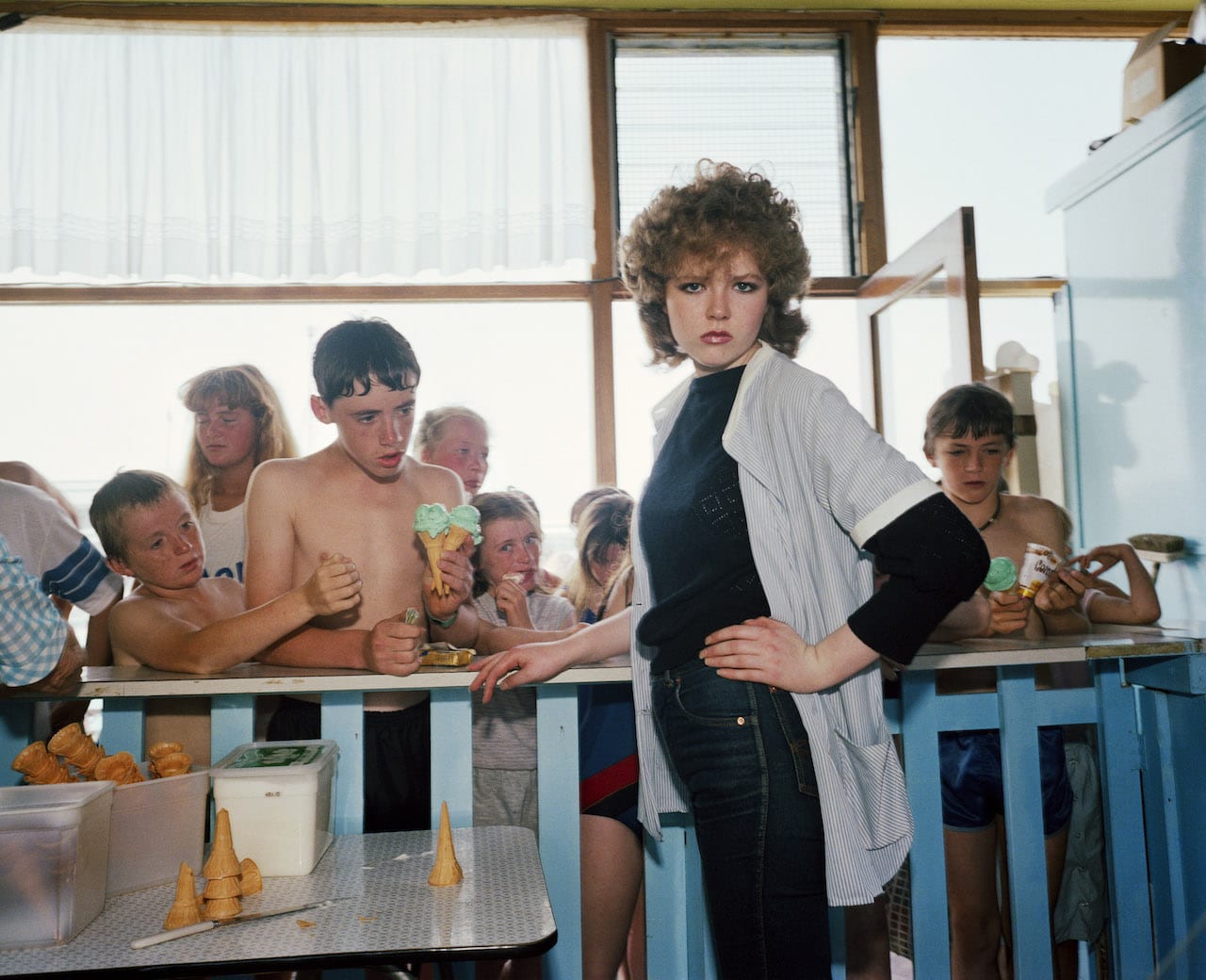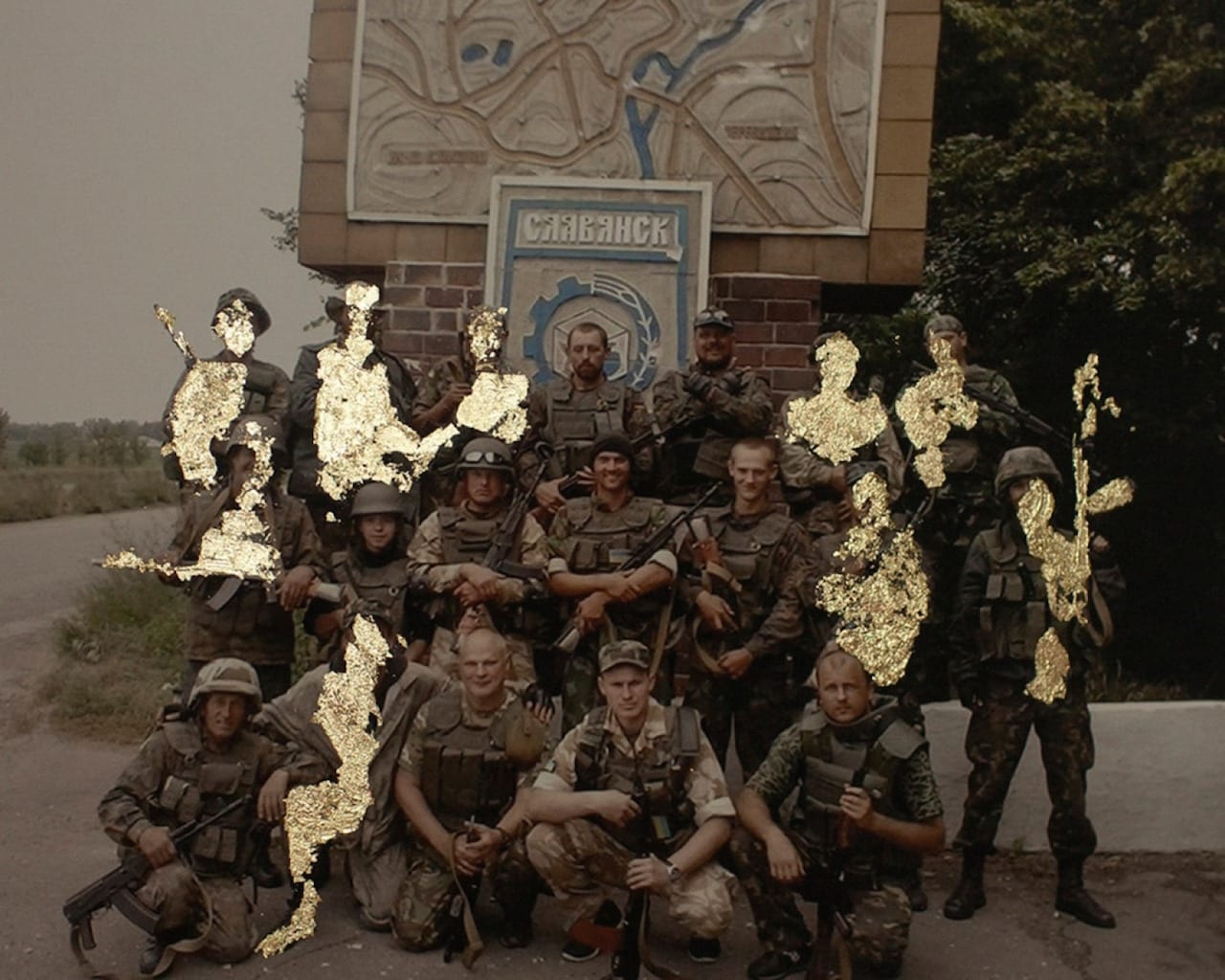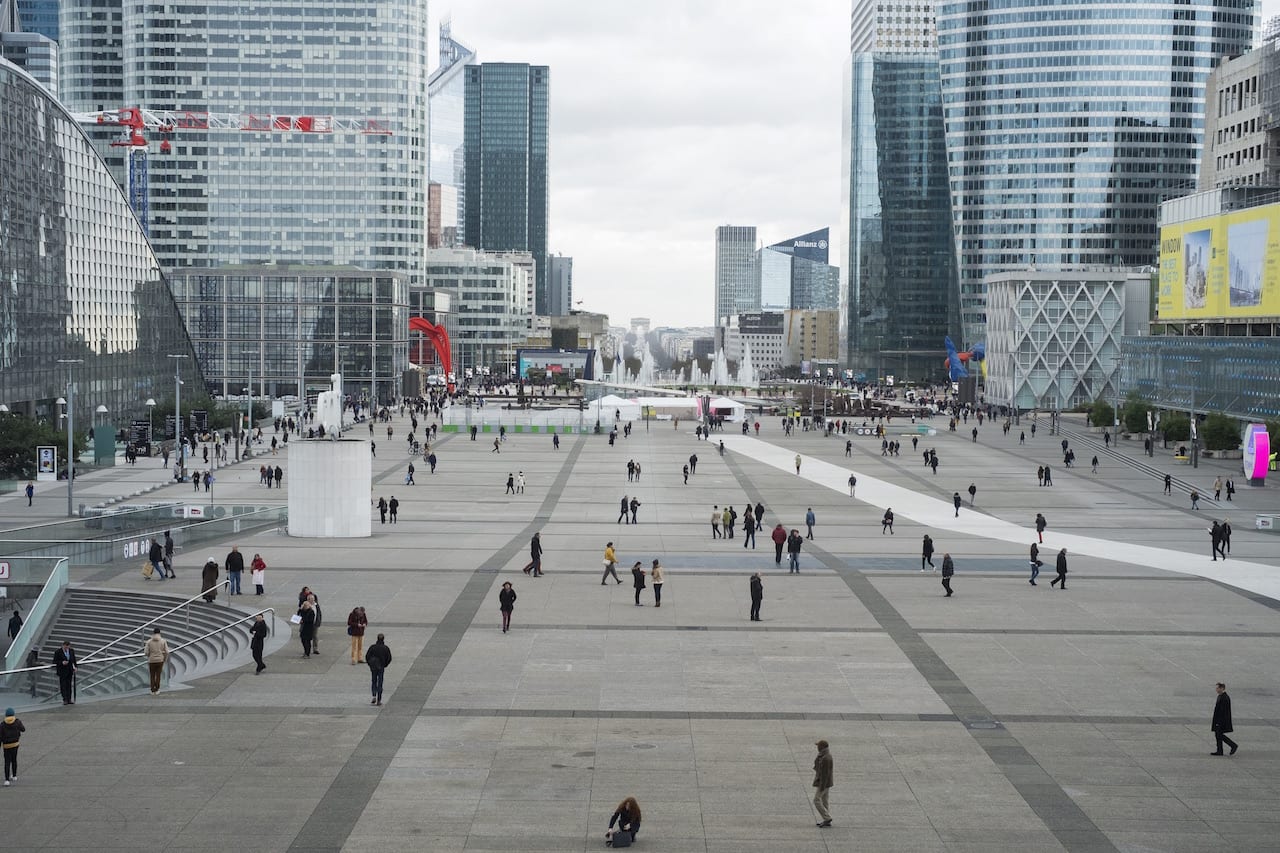“I come across so many amazing women in photography, and yet their voice is nowhere near as powerful as their male counterparts,” says Del Barrett, vice-president of The Royal Photographic Society. “We are working to ensure that there are no barriers in photography. Hundred Heroines is a major step towards this, raising public awareness of the excellent work being created by women globally.”
Inspired by the 100-year anniversary of women’s suffrage in the UK, Hundred Heroines invites members of the public to nominate inspirational female photographers. Nominations are open until 30 September, then a panel of judges, chaired by photographer Rut Blees Luxemburg, will pick out the top 100 photographers. An exhibition of their work will go on show next year, and each one will receive a specially-minted medal named after Margaret Harker – the first female professor of photography in the UK, and the first female president of The Royal Photographic Society.

